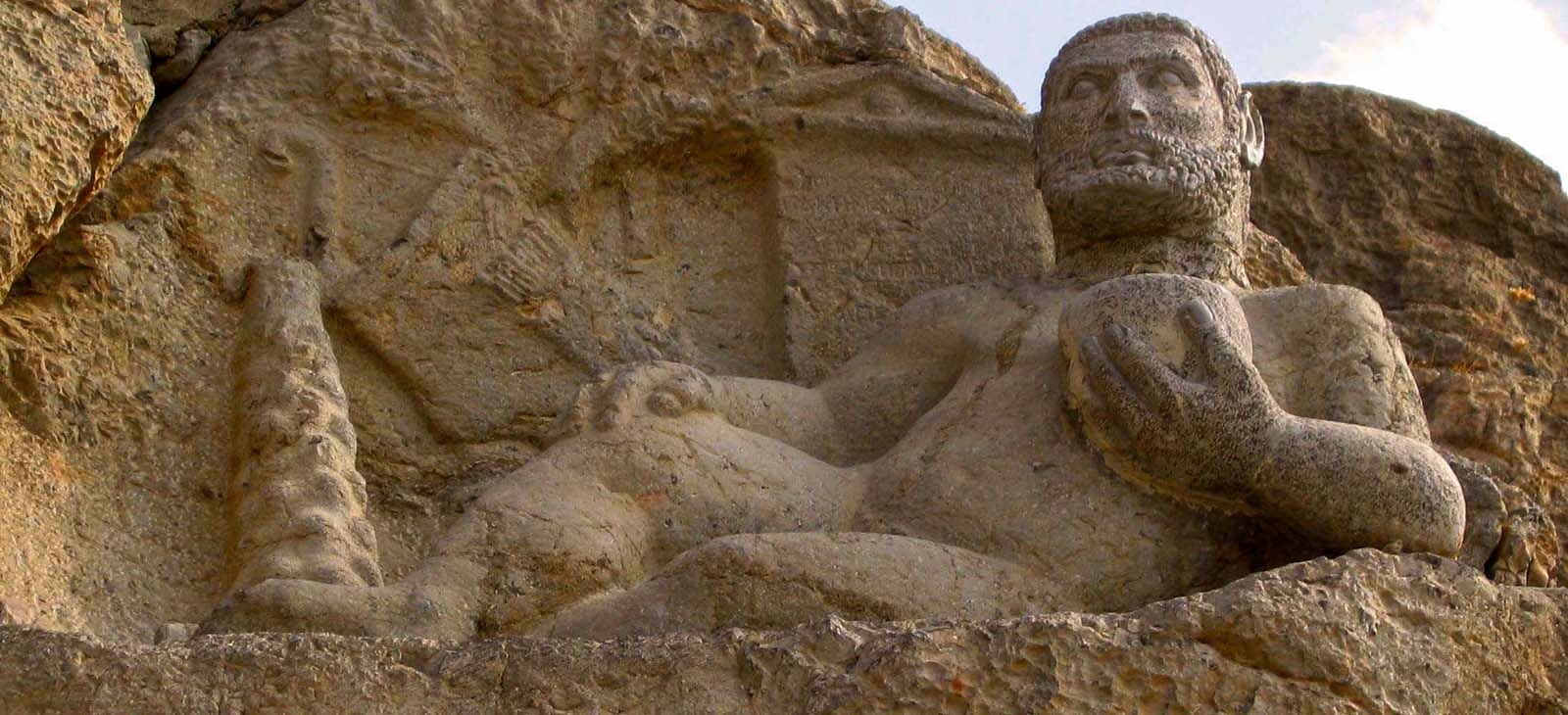Bisitun is a small cave situated in the Zagros Mountains in north-western Iran and Kermanshah province.
Bisitun is a small cave situated in the Zagros Mountains in north-western Iran and Kermanshah province. The cave has been associated with Mousterian industry of the Middle Paleolithic period as artefacts from that period have been excavated from the site. Dibble described the lithics from the cave as Middle Paleolithic with strong Levallois components. He found no temporal changes in the Middle Paleolithic strata. Coon described two hominid remains from the site, an upper IJ and a radius shaft fragment, both from Layer F+. Trinkaus and Bilgari described the material in detail, showing that the incisor is not a hominid IJ, but is a bovid IJ/M. According to their analysis, the radius fragment shows Neanderthal affinities, as it is mediolaterally expanded at the interosseus crest. Metrically, it is outside the range of variation of Early Anatomically Modern Humans, but in the range of Neanderthals and Early Upper Paleolithic humans.

